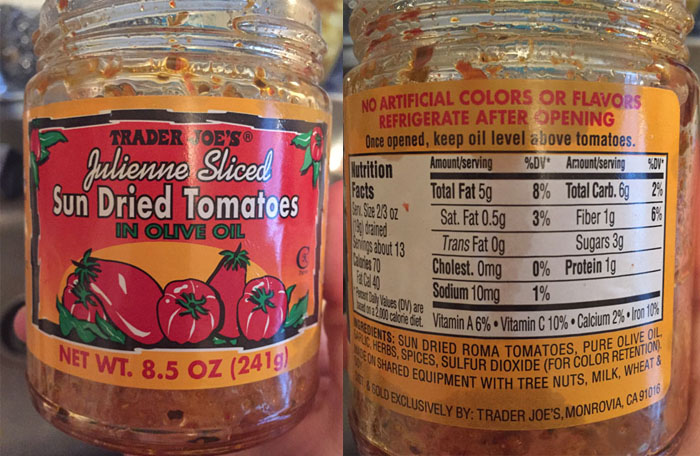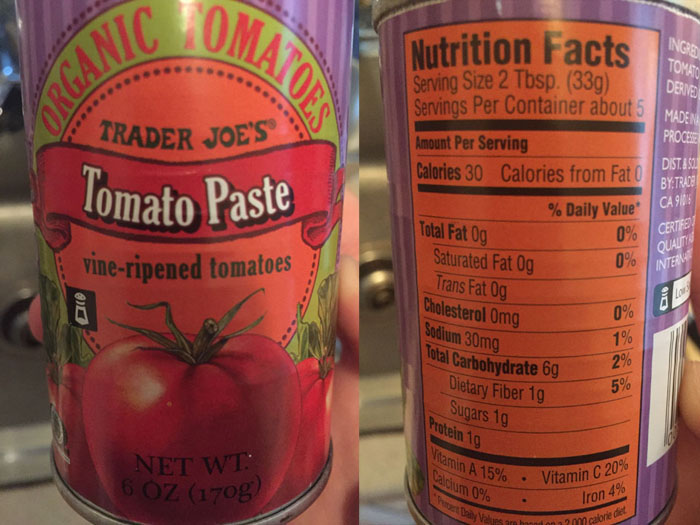When it comes to food preparation for fitness enthusiasts, competitors, and bodybuilders alike, it can get real boring, real fast.
And that’s because when you make most your food choices simple, it’s easier to keep track of. So we tend to see lots of people sticking to the standard meat, rice and, veggies dish over and over again.
Now there’s nothing wrong with meat, rice, and veggies if you like it (I love it), but if it’s bland, well… no one likes bland food.
The reason this choice is so popular is because it’s easy to track and monitor. You have 3 ingredients, instead of 10+ like some recipes call for. And when you have to weigh out and measure each little ingredient, it can seem overwhelming.
I get it. I’ve felt that way in the past, but there is a trick to it (we’ll cover that in the recipe section).
This is the reason uniform eating is so popular among the diet-conscious folks. It takes very little time and preparation when compared to cooking up 5-star meals on the regular.
Uniform eating is an approach where you eat the same foods on a daily basis in order to simplify your life, and make hitting your daily macros much easier.
And let’s face it. If you’re trying to manage your diet for contest prep or wanting to maintain a super low body fat percentage, then this attention to detail is crucial. The less room for error, the better.
Uniform eating is my preferred way to eat because I don’t like to think too much about my meals in advance. I have a few go-to breakfasts, lunches and dinners on rotation every week. If I want to consume more calories, I just increase the amount of food I prepare. If I want to eat less, I just cut back on the same foods I’m eating.
However, not everyone likes this approach. It can get boring and monotonous for some. Many people enjoy having some variety in their diet. And this is not a horrible thing… Variety in the diet can ensure you get an array of vitamins and minerals.
Liver, brazil nuts, oysters, and bone broth all have redeeming qualities when it comes to micronutrient abundance as I noted in my weight loss meal plan article.
It’s even more important if a lot of the foods you consume regularly are devoid in essential nutrients (I’m looking at all you IIFYM’ers).
My day tends to go something like this:
- Same breakfast
- Same lunch
- Same pre/post workout meal
- Varied dinner (meat and carbs on rotation)
As you see above, I’m very uniform in my eating, but that doesn’t mean you have to be. My goals for my diet are to keep it very simple for adherence purposes, but mostly so I don’t have to constantly be thinking about what I’m going to eat.
My dinner tends to vary so I can make sure to include different types of meat for this meal. I will typically have liver once per week for the Vitamin A, and copper content. Sometimes, I’ll have seafood, such as white fish or shrimp. And on occasion, I’ll get some raw oysters for the zinc (yaack). But it’s mostly beef, chicken, or pork for my protein source.
My dinner carbohydrate source tends to be rice, potatoes, or corn tortillas.
And to show you how to portion out a healthy recipe, any recipe for that matter, I’m giving you the beef and gnocchi recipe we make quite frequently at home.
NOTE: The secret to making this easy is to take your time, and plan out the meal before you start making it. That means looking at the labels, weighing out the ingredients, and taking note as you go to know all of the macros going into this recipe.
How To Create A Tasty Meal Using Your Favorite Recipe And Still Hit Your Macros
Quick Key:
Ingredients:
- 1 pound (454 grams) of lean (95% lean) ground beef | 97 / 0 / 22
- 1 pound (454 grams) of lean ground chicken breast | 102 / 0 / 12
- 1 large onion | 2 / 14 / 0
- 5 cloves of garlic (not worth calculating the macros)
- 1 package of gnocchi (480g)* | 20 / 168 / 0
- 1 can of Trader Joe’s tomato paste (165g) | 5 / 30 / 0
- Sugar (10 grams) | 0 / 10 / 0
- Trader Joe’s Julienne Sliced Sun Dried Tomatoes in olive oil (60g drained) | 3 / 18 / 15
- Coconut Oil (5 grams) | 0 / 0 / 5
- Spinach (as much as you want, and not worth calculating the macros)
*sometimes the total amount varies, so be sure you weigh out the total amount if you want to be precise with how much you’re getting. In this case, there could be 500 grams of gnocchi instead of 480 grams.
Instructions:
For the gnocchi:
- Boil a pot of water
- As soon as the water boils, add the gnocchi
- When the gnocchi is done cooking, they rise to the top of the water
- As soon as they rise, place them in a separate bowl
Here’s the gnocchi used:
For the meat:
- Put the coconut oil in a pan on medium heat
- Chop the onions and garlic and sauté until soft
- Season the ground meat with pepper, salt, greek seasoning, and a tiny dash of cayenne
- Put the ground meat into the pan to brown
- Add the tomato paste and sun dried tomatoes
- Sprinkle in the sugar
- Stir to cook evenly every minute or so (note: add a spoonful of water as needed if it’s too thick)
- Add the spinach and let it cook down
- Once you have the meat cooked, and the sauce is bubbling, stir in the cooked gnocchi and get all of them covered in the sauce. They don’t need to be in the pan for long as they’re done cooking. A minute will probably do.
Sun dried tomatoes used:
Tomato paste used:
Now you’re done, and it’s time to create the proper serving sizes.
The serving size can be as big or small as you want. It’s totally up to you. For sake of this example, we’re going to use 4 servings.
Doing The Math To Create The Perfect Serving Sizes
All you have to do at this point is add up all the macros (protein, carbs, and fat) and then determine the calories…
Total Protein: 229 grams
Total Carbohydrates: 240 grams
Total Fat: 54 grams
For calories, each gram of protein is equal to 4 calories. The same is true for carbohydrates. Fat, on the other hand, is worth 9 calories per gram.
Calorie math:
229 (grams of protein) x 4 = 916 calories
240 (grams of carbs) x 4 = 960 calories
54 (grams of fat) x 9 = 486 calories
Total Calories: 2362 (916+960+486)
To get the macros and calories for each serving, we then divide them all by 4.
Protein per serving: ~57 grams / math: 229/4 = 57.25
Carbohydrates per serving: 60 grams / math: 240/4 = 60
Fat per serving: 13.5 grams / math: 54/4 = 13.5
Calories per serving: 590 / math: 2362/4 = 590
So in this example, we have 4 servings at 590 calories each with a macro ratio of 57 grams of protein, 60 grams of carbohydrate, and 13.5 grams of fat.
How To Make Your Portion Sizes Accurate: 2 Methods
Method 1: Eyeballing 4ths
With this method, you’ll estimate how much is in a serving by removing 1/4th of the food from the pan. This is easy enough, but not entirely accurate because you could be getting a little more, or a little less.
Method 2: Weigh it, then divide equally
If you want to be as accurate as possible, you’d transfer all the food to a bowl on your food scale that’s been tared to zero. Then you’d divide whatever that total weight is by 4 to get your accurate serving size.
In this case, if you wanted to have this for meals later in the week, you could portion them out right then into separate containers, or put the rest in the fridge that night, and then weigh
out another 1/4th portion later and reheat in the microwave or on the stove.
Do This With Any Recipe
Now that you know how to get the proper portion sizes, and make a serving size based on your preferences, you can do it with almost any recipe. Want to make pancakes? Great. Make sure you know how much raw ingredients are going into the full recipe,divide it out in weight for the proper serving sizes after making them.
Making a meatloaf? The same rules above apply.
Was this helpful? Let me know in the comments below.






This was incredibly helpful, thanks so much!!!